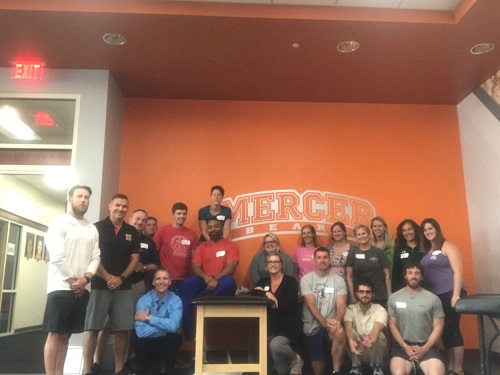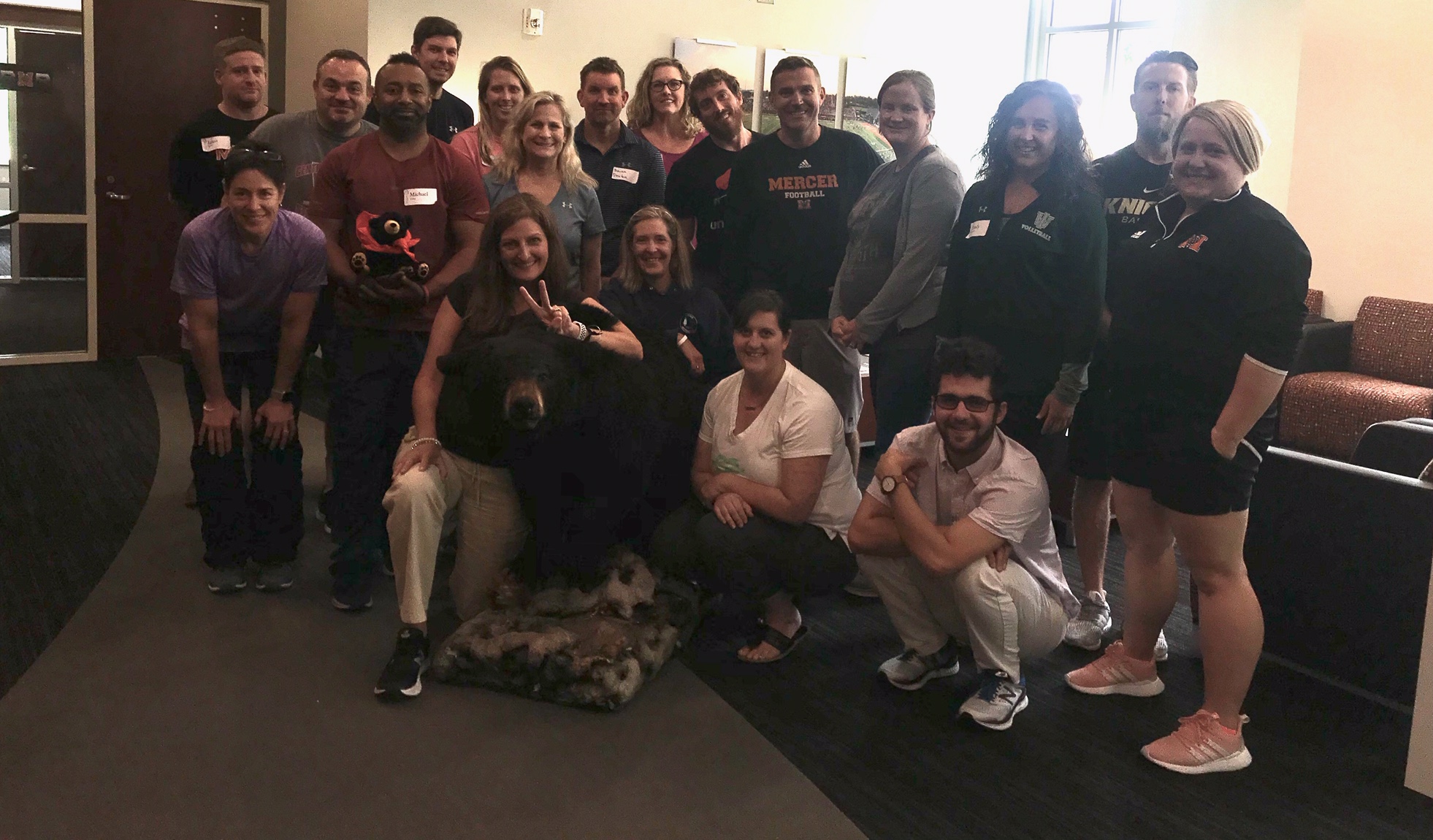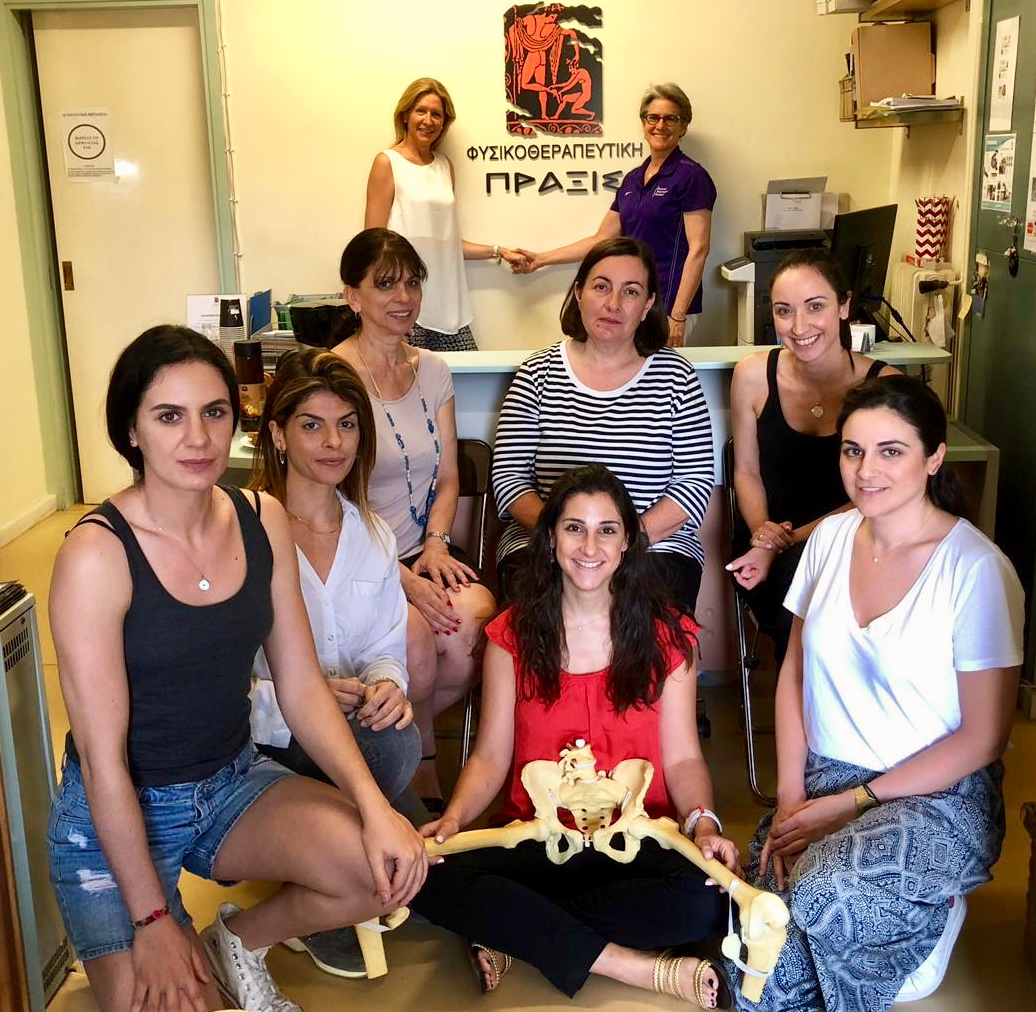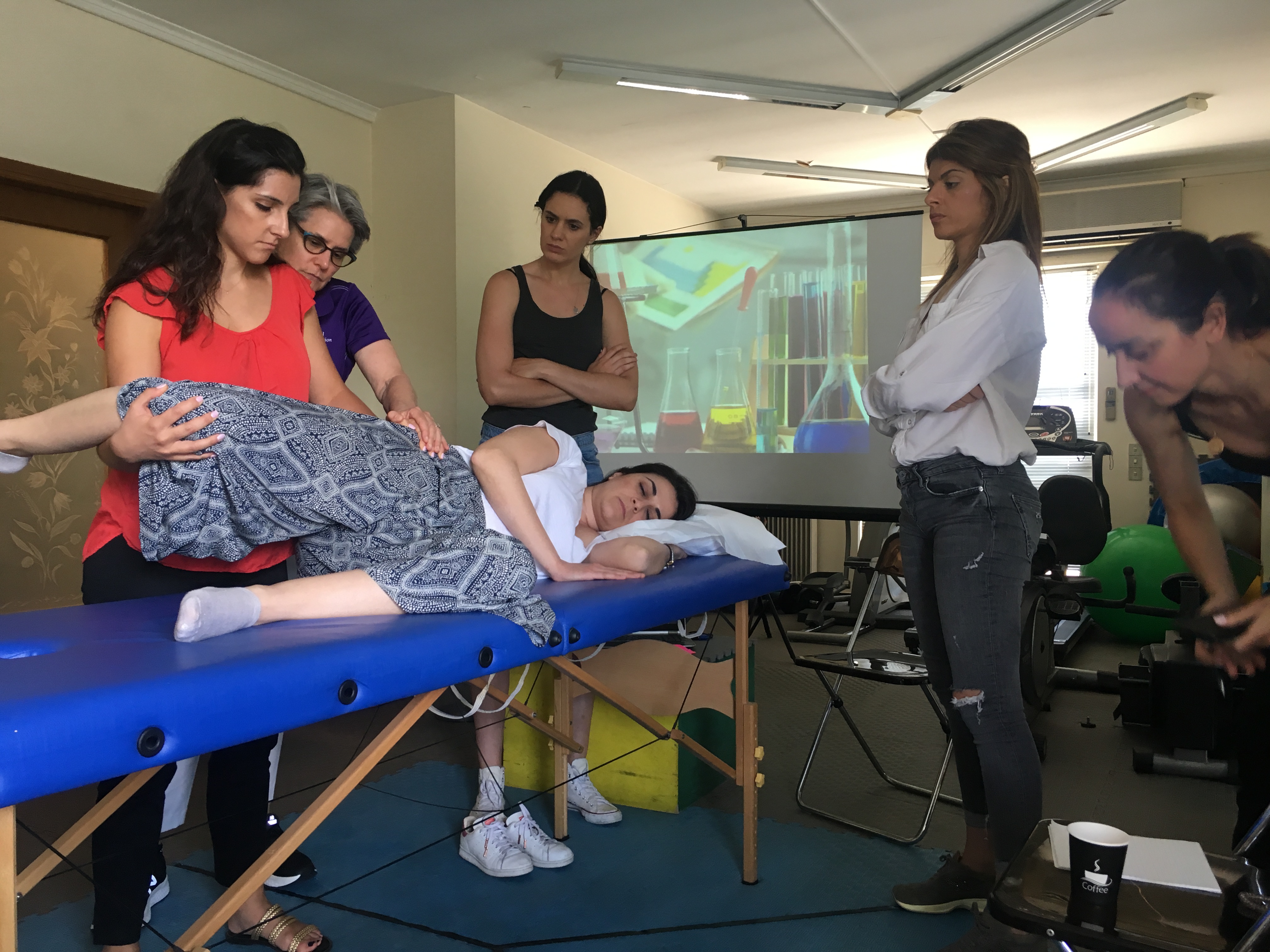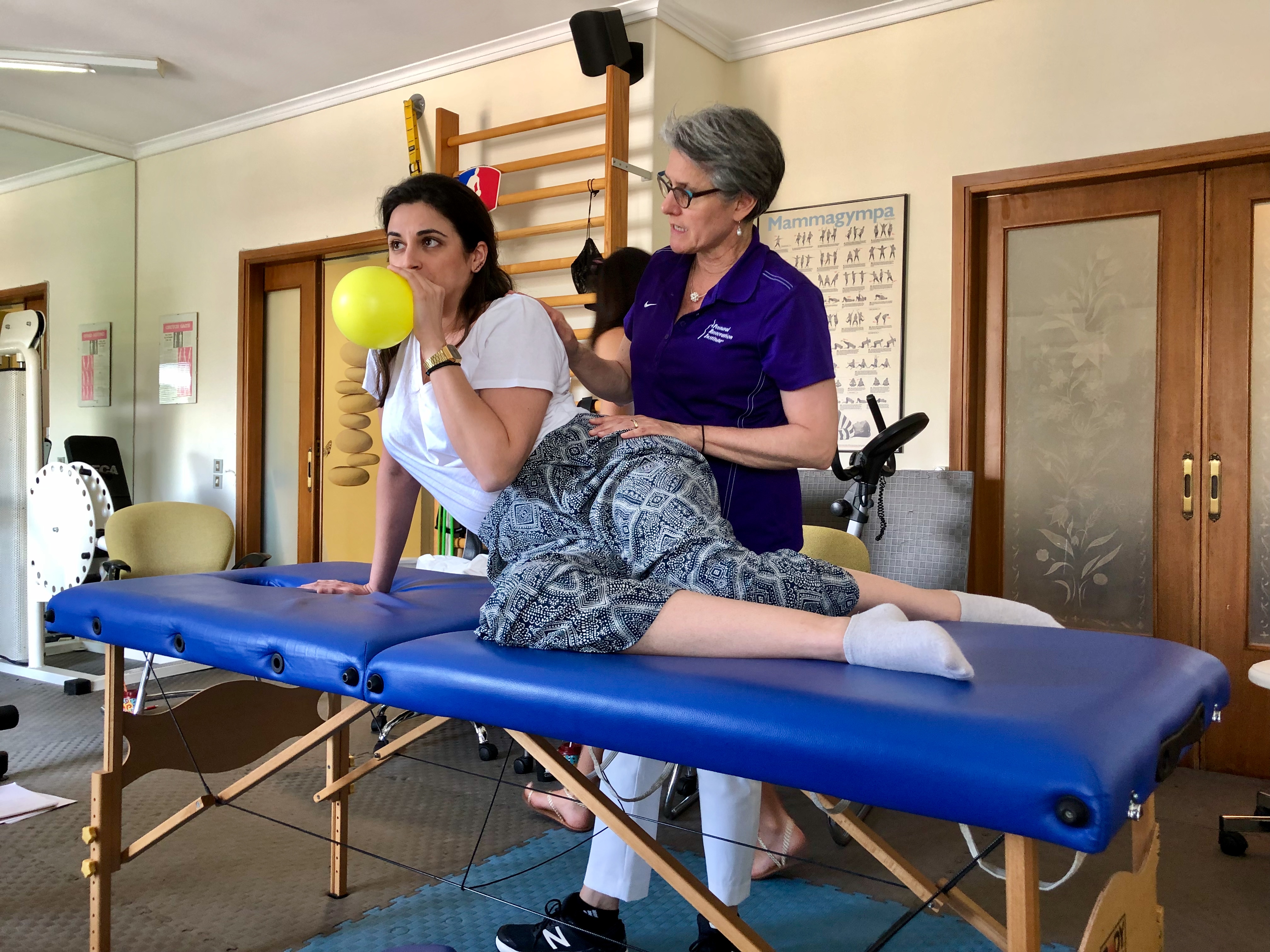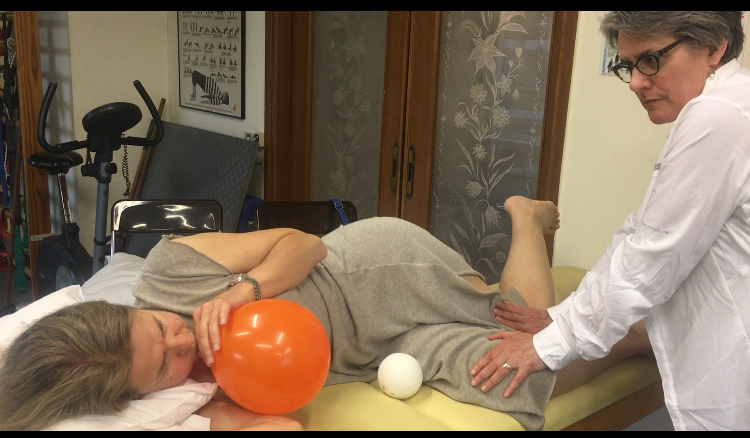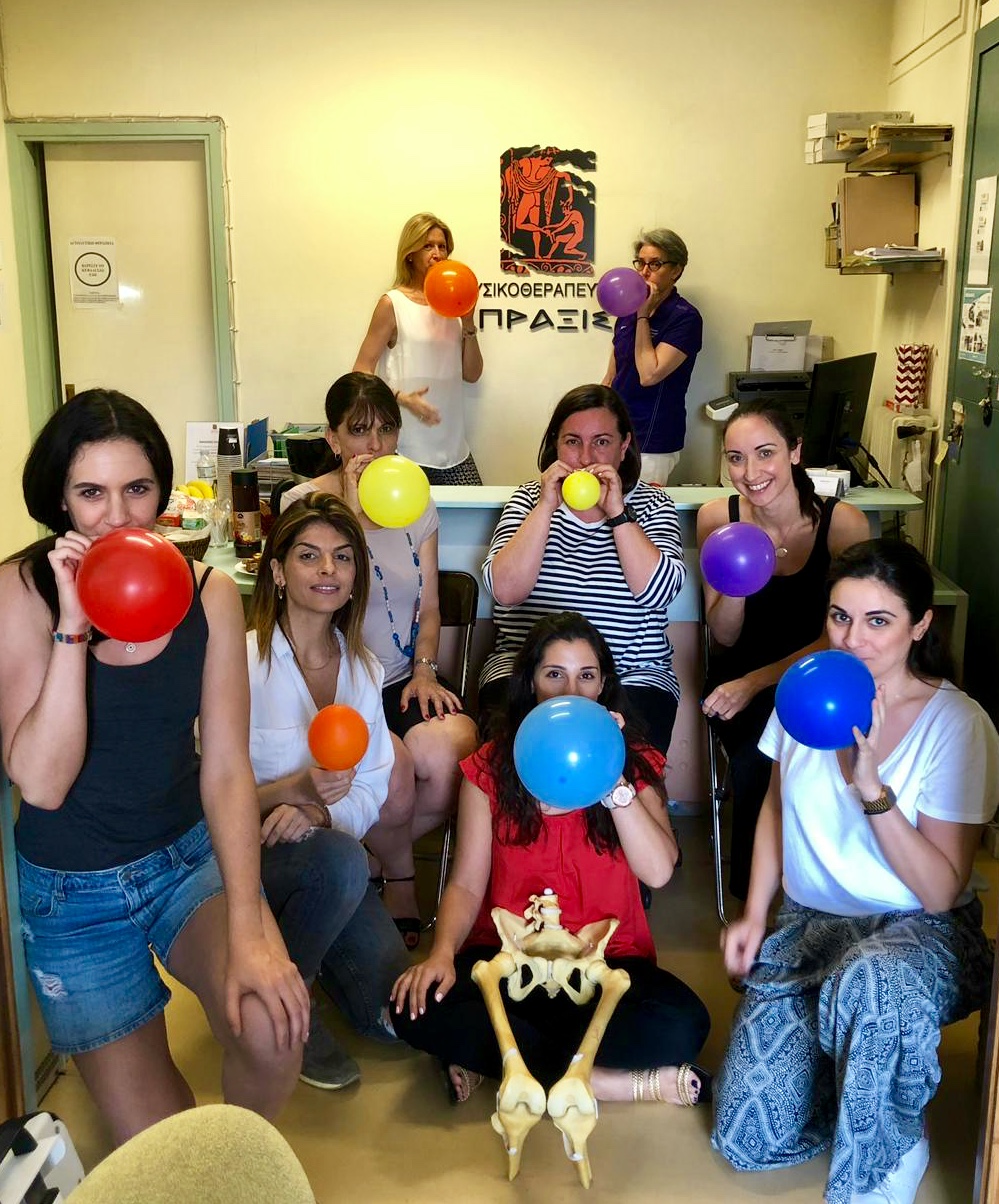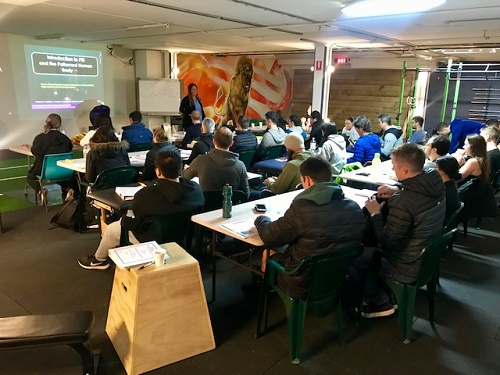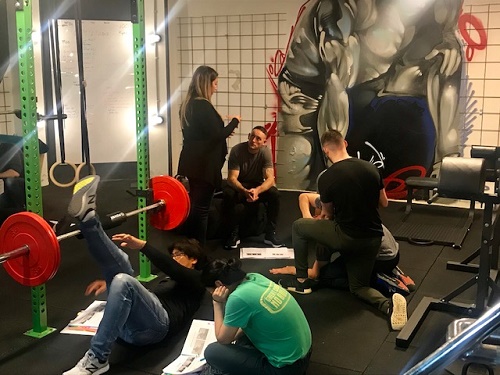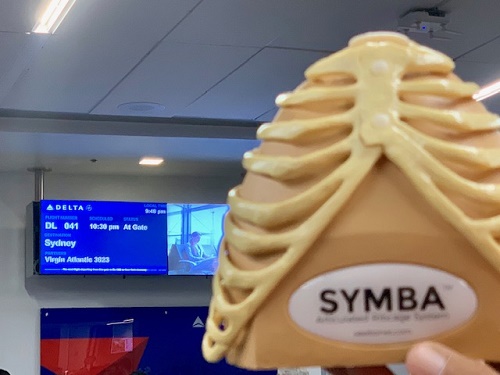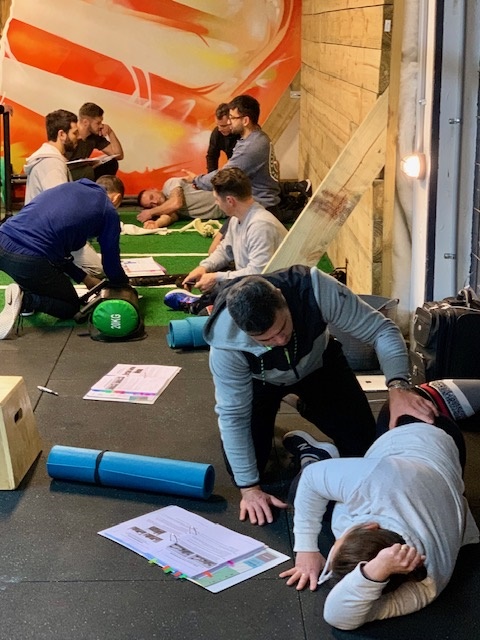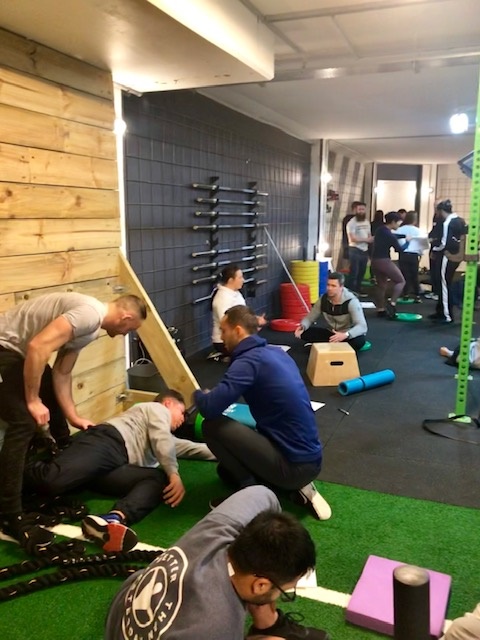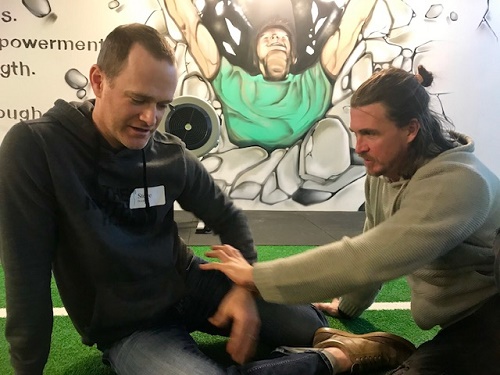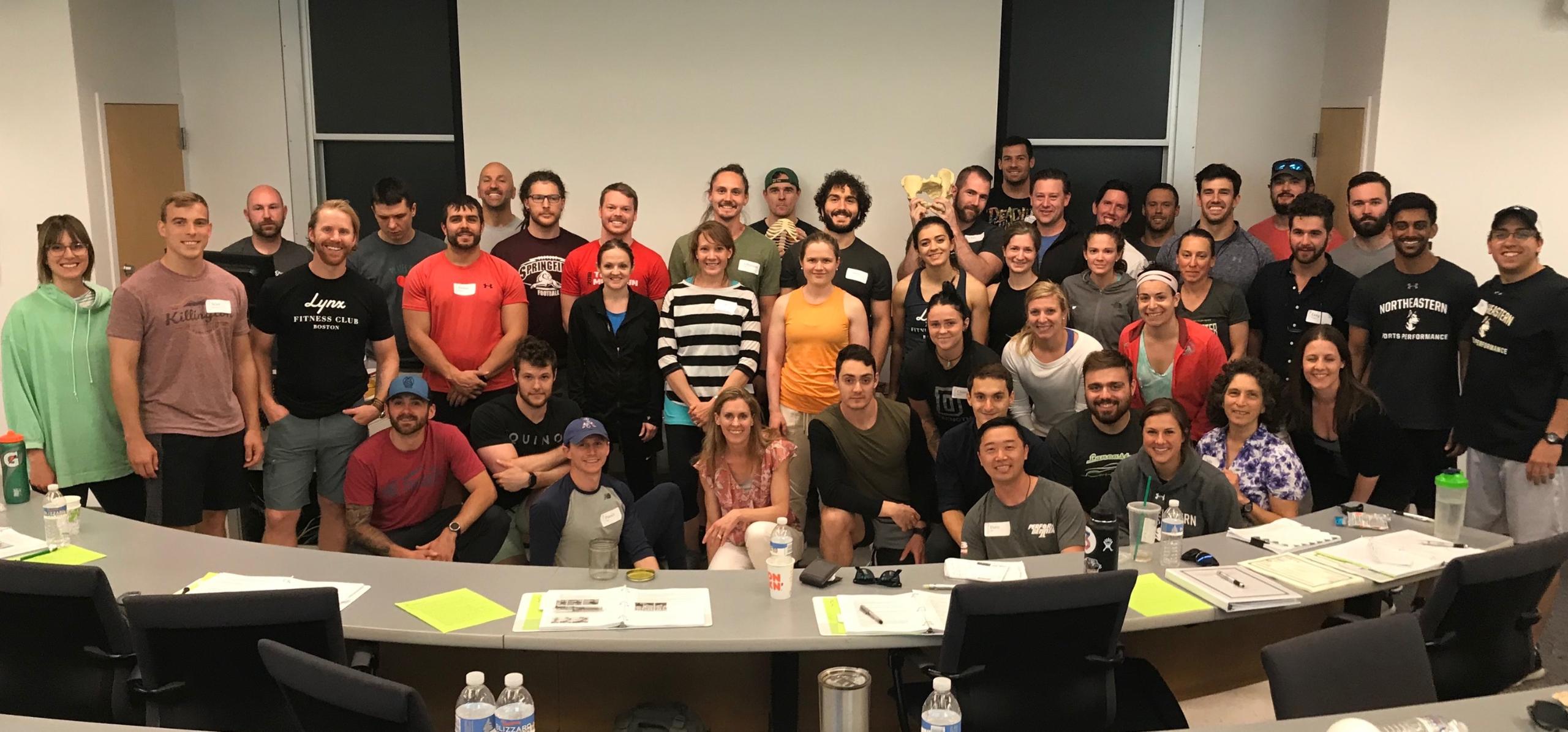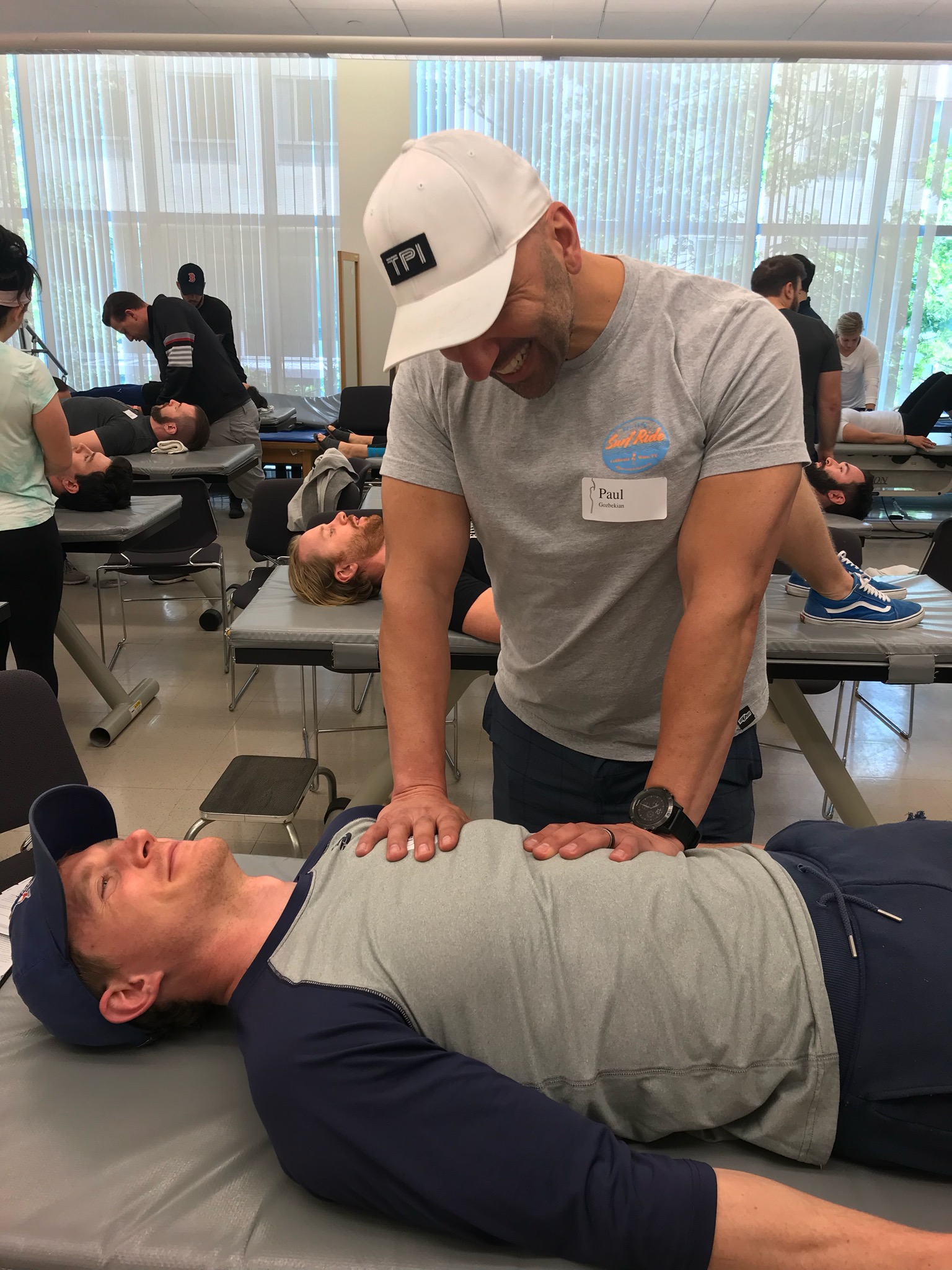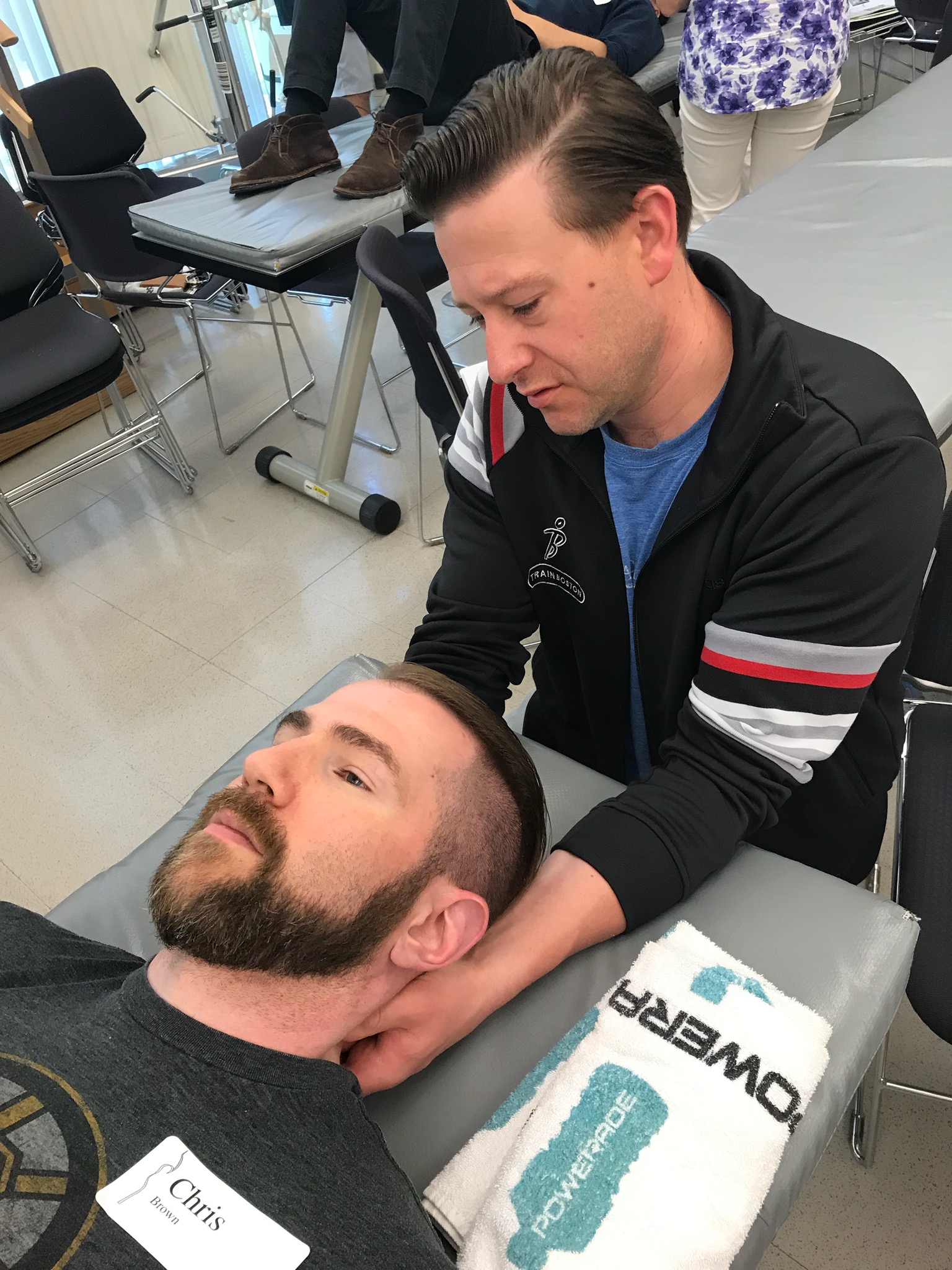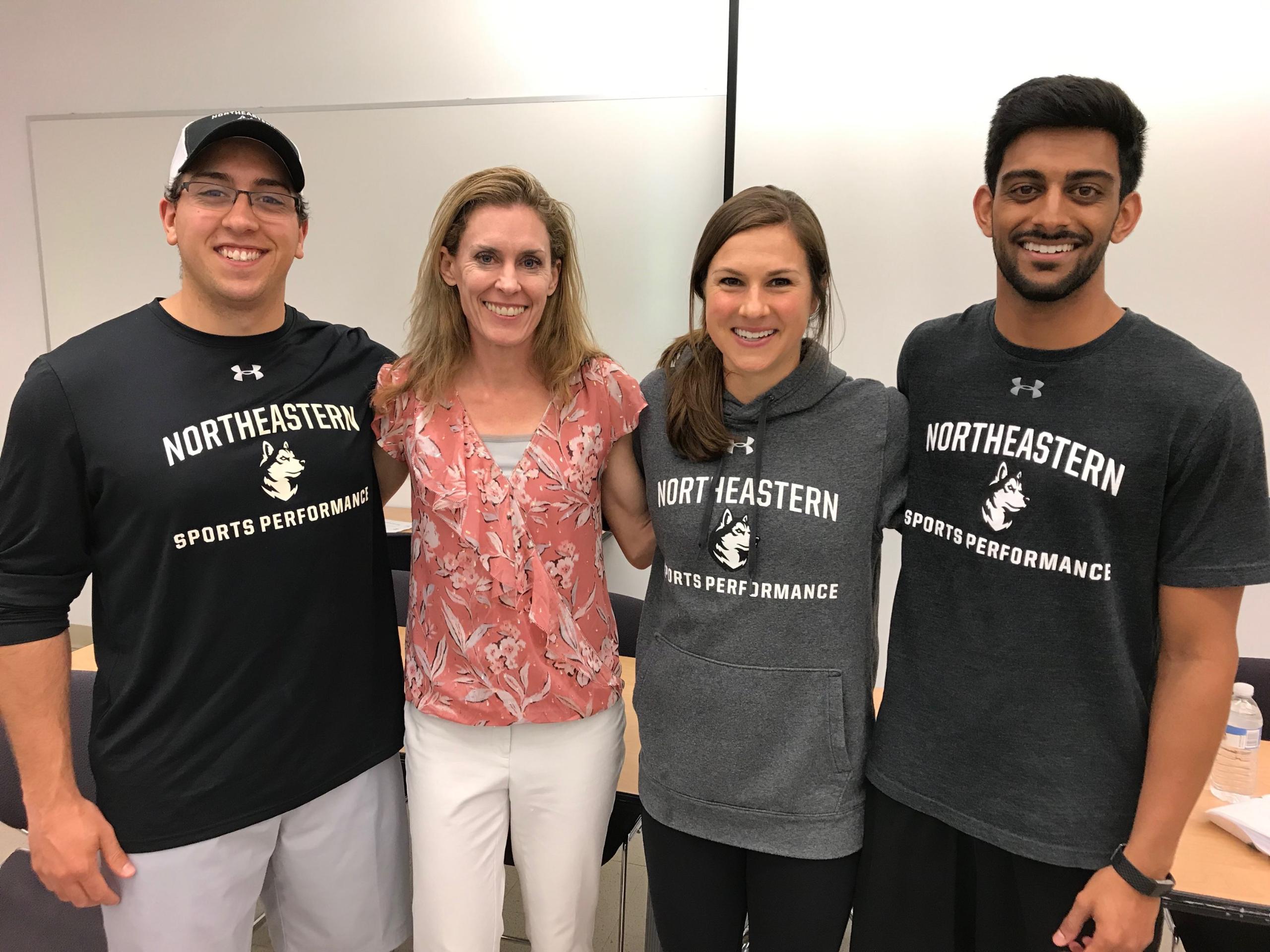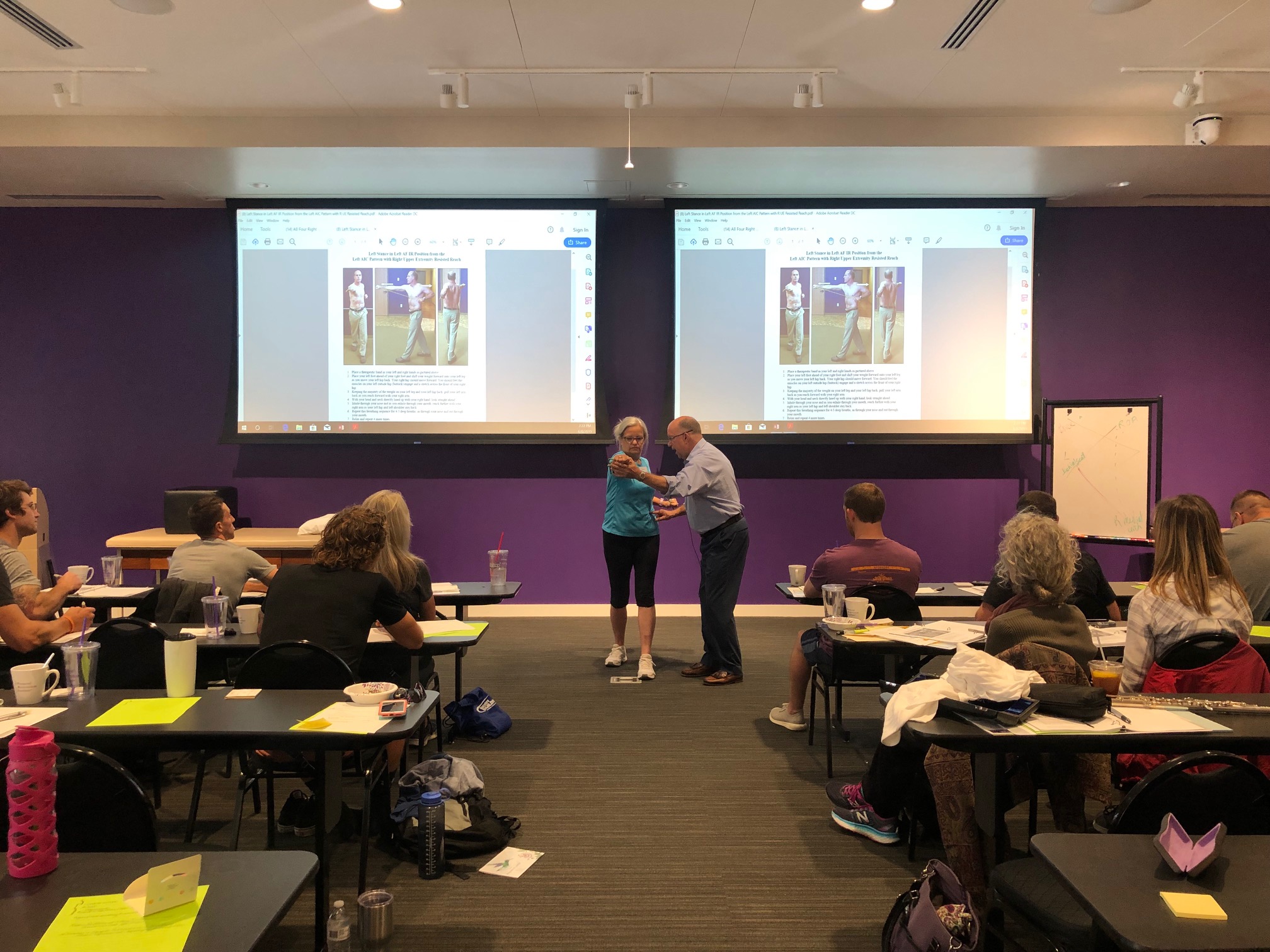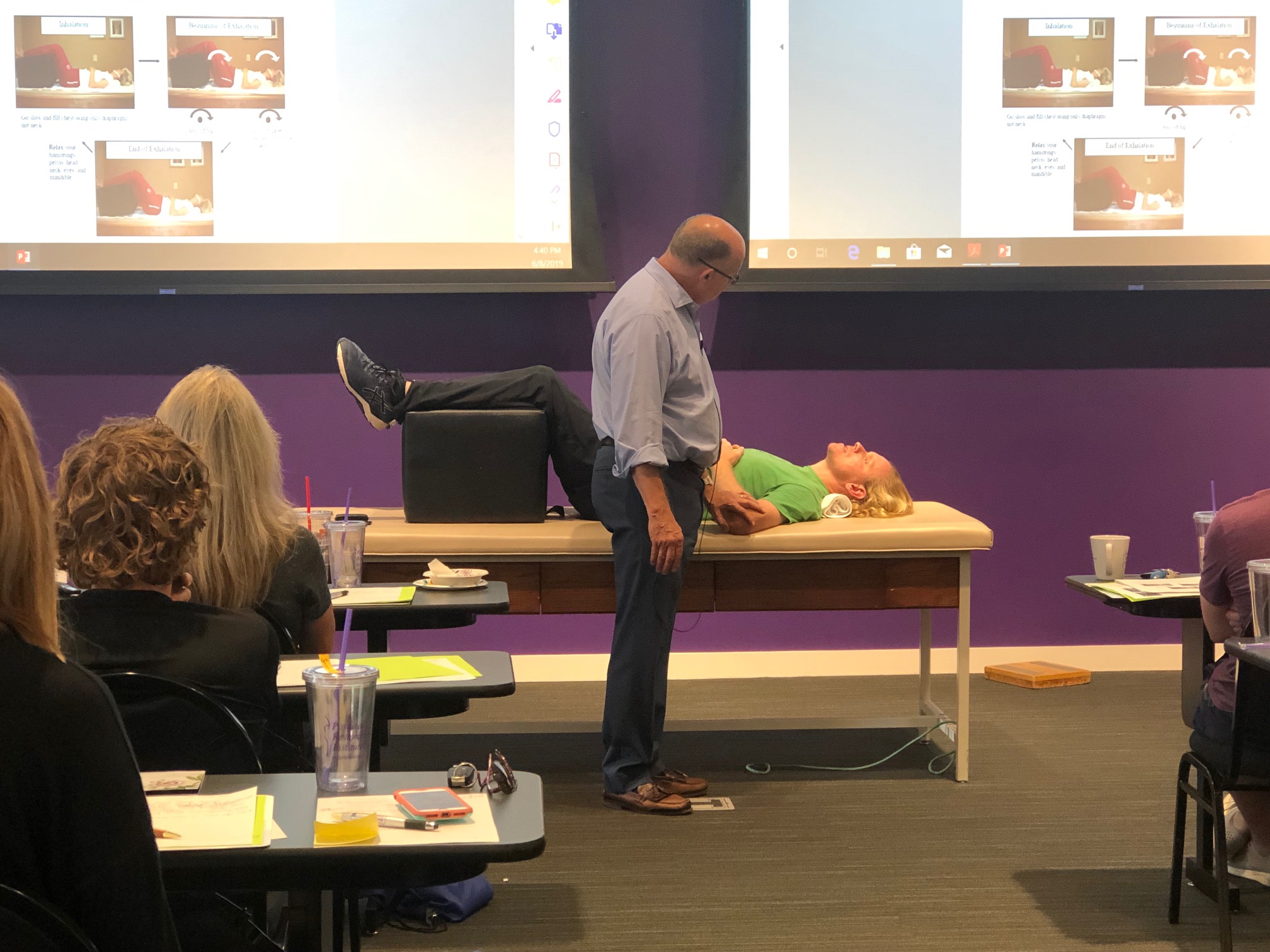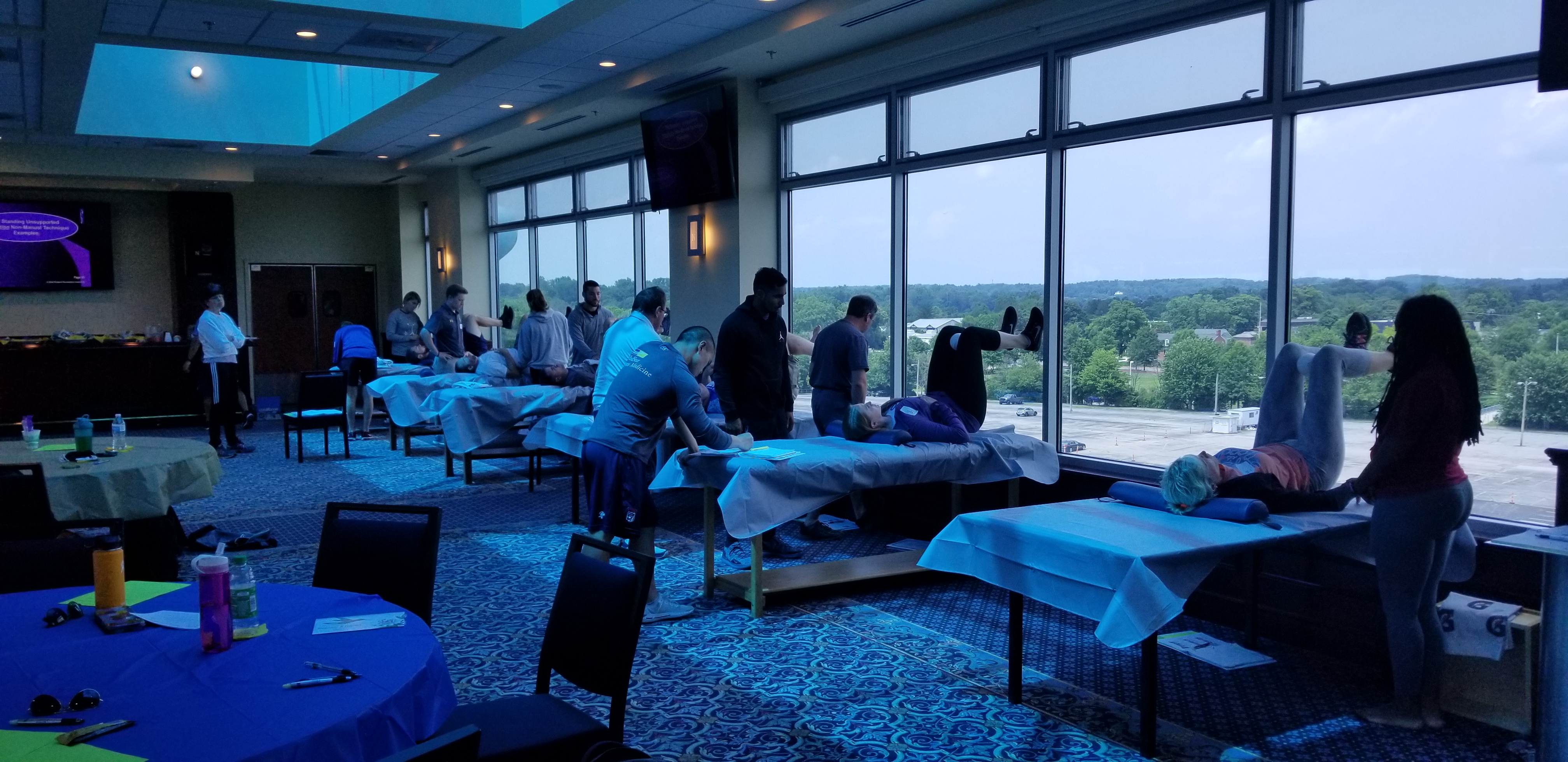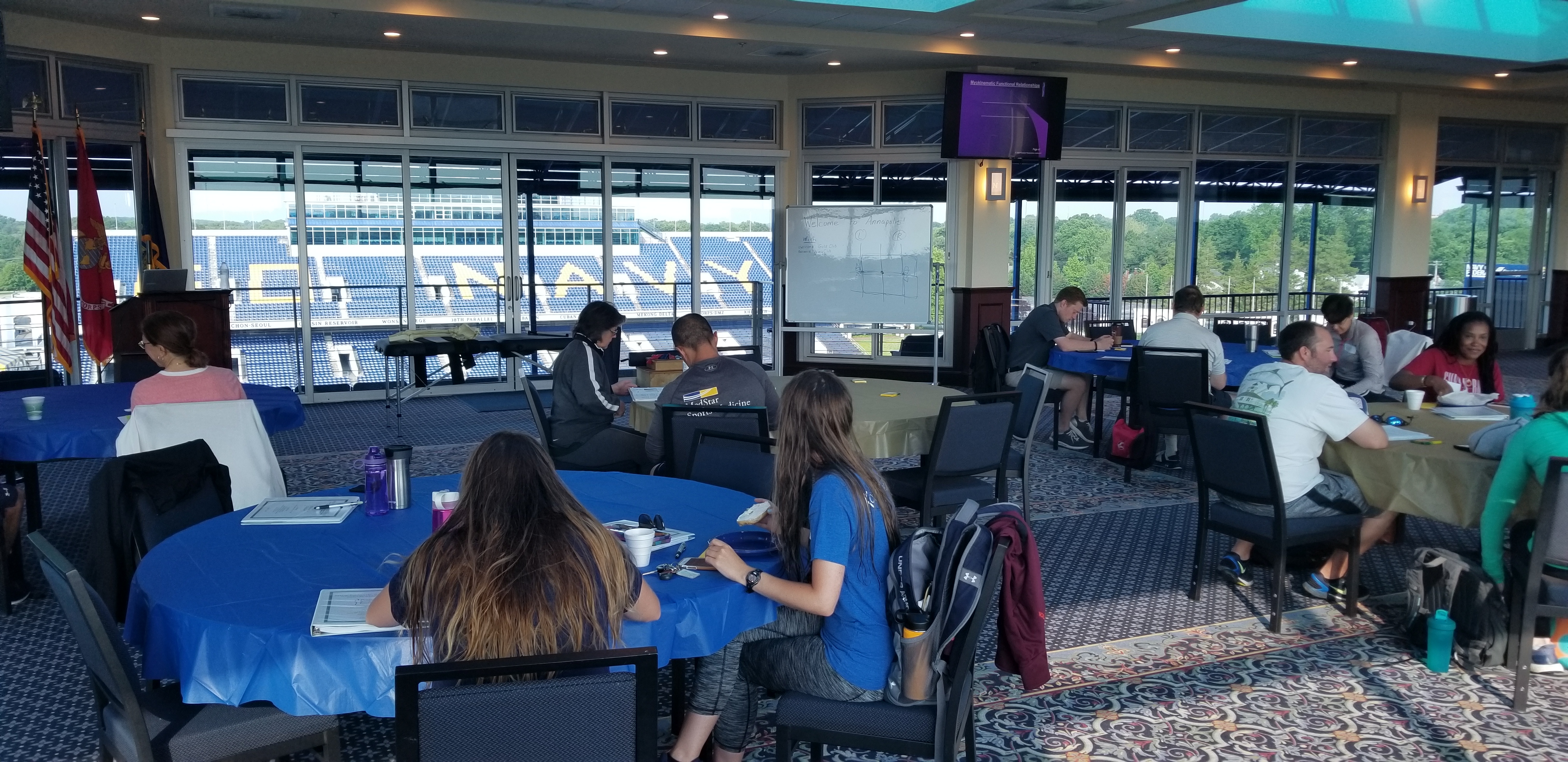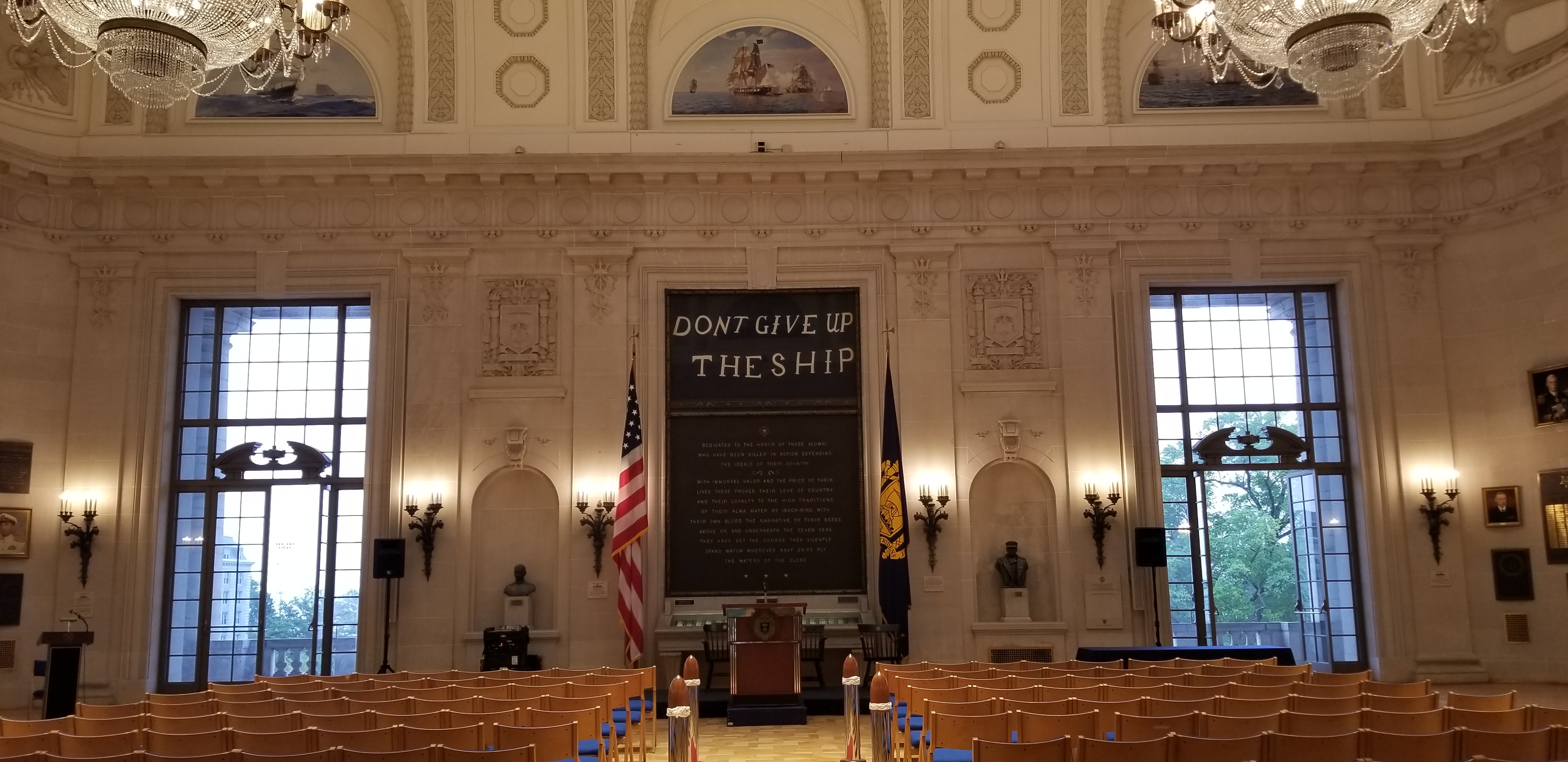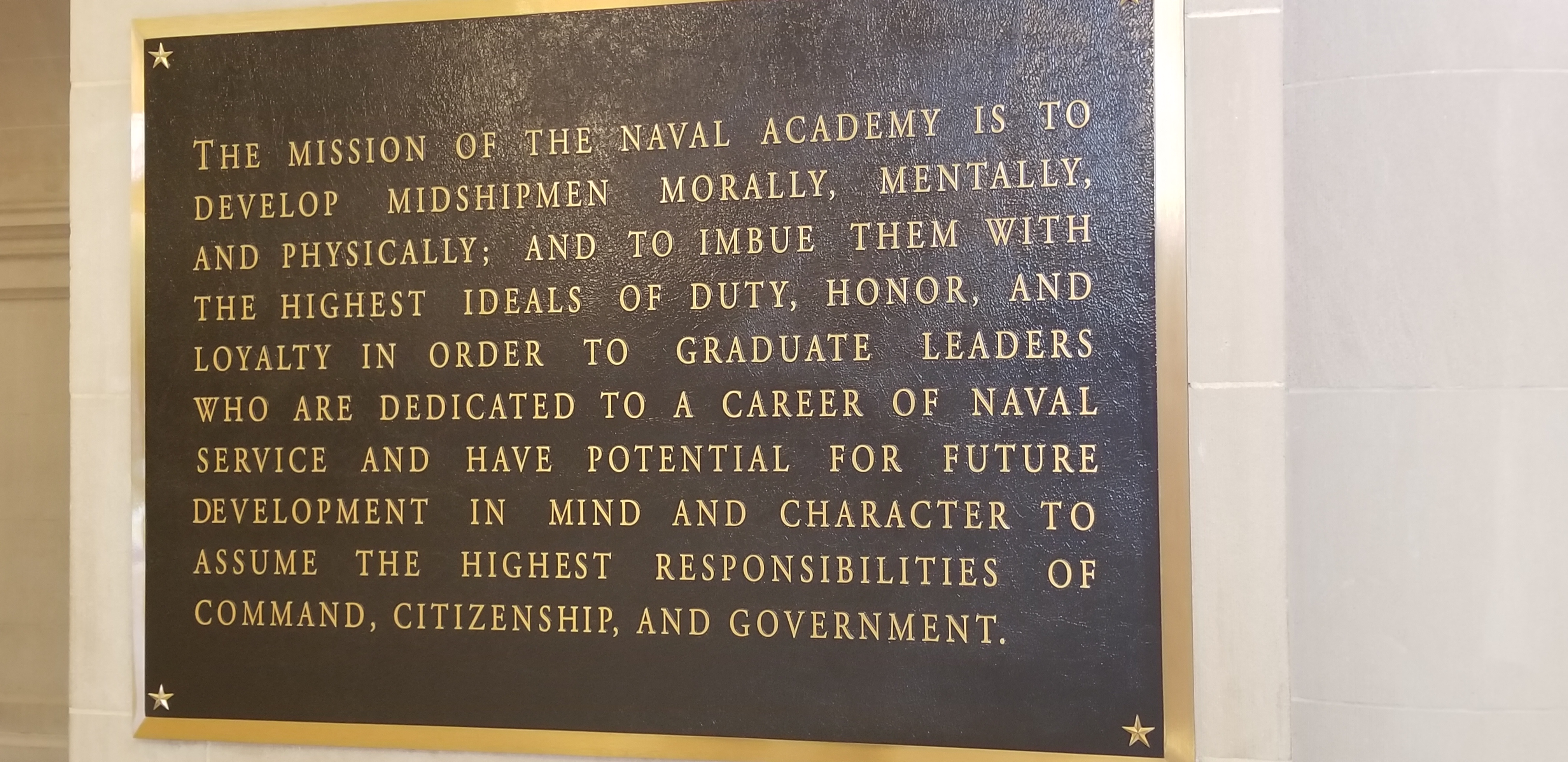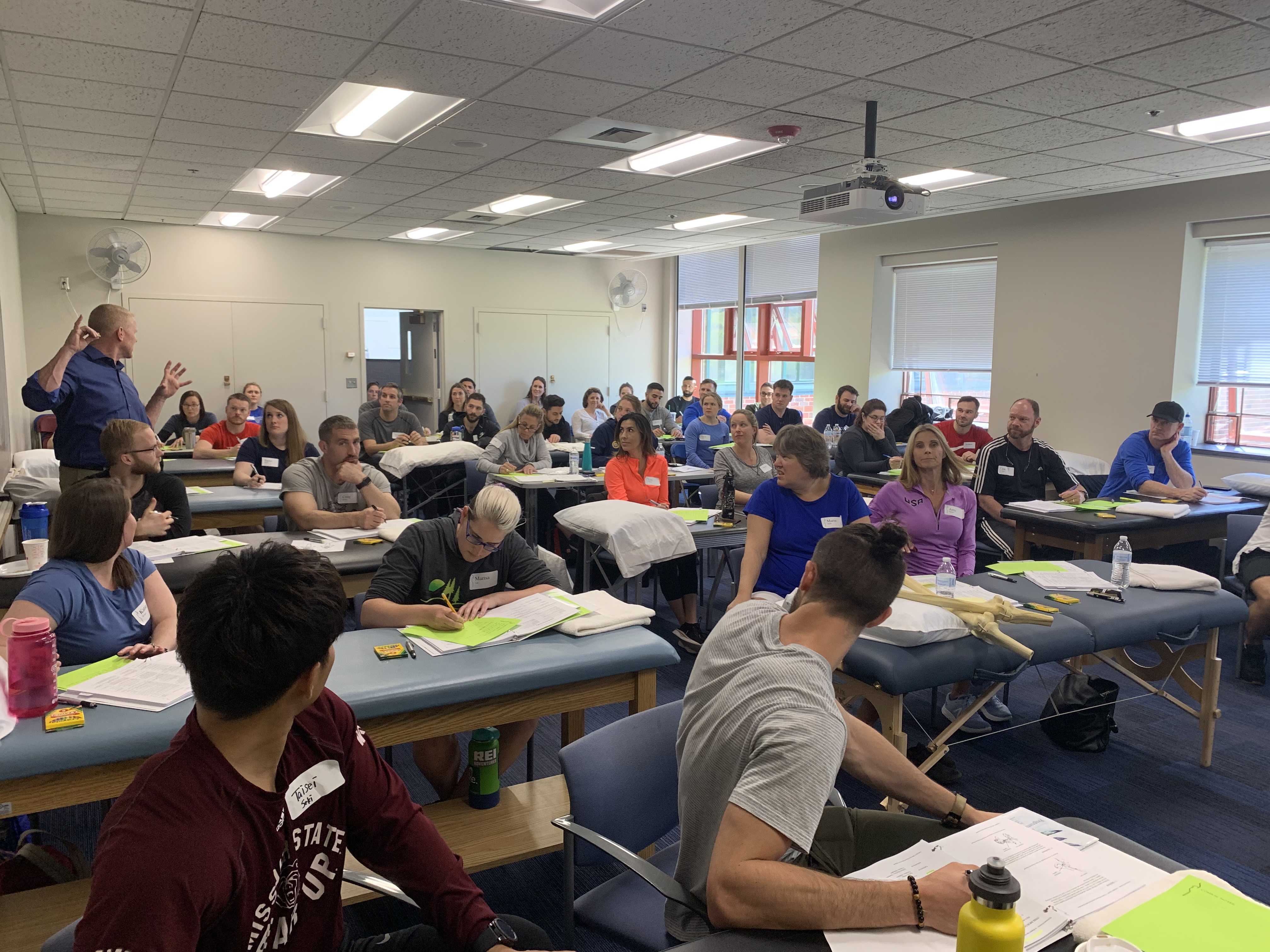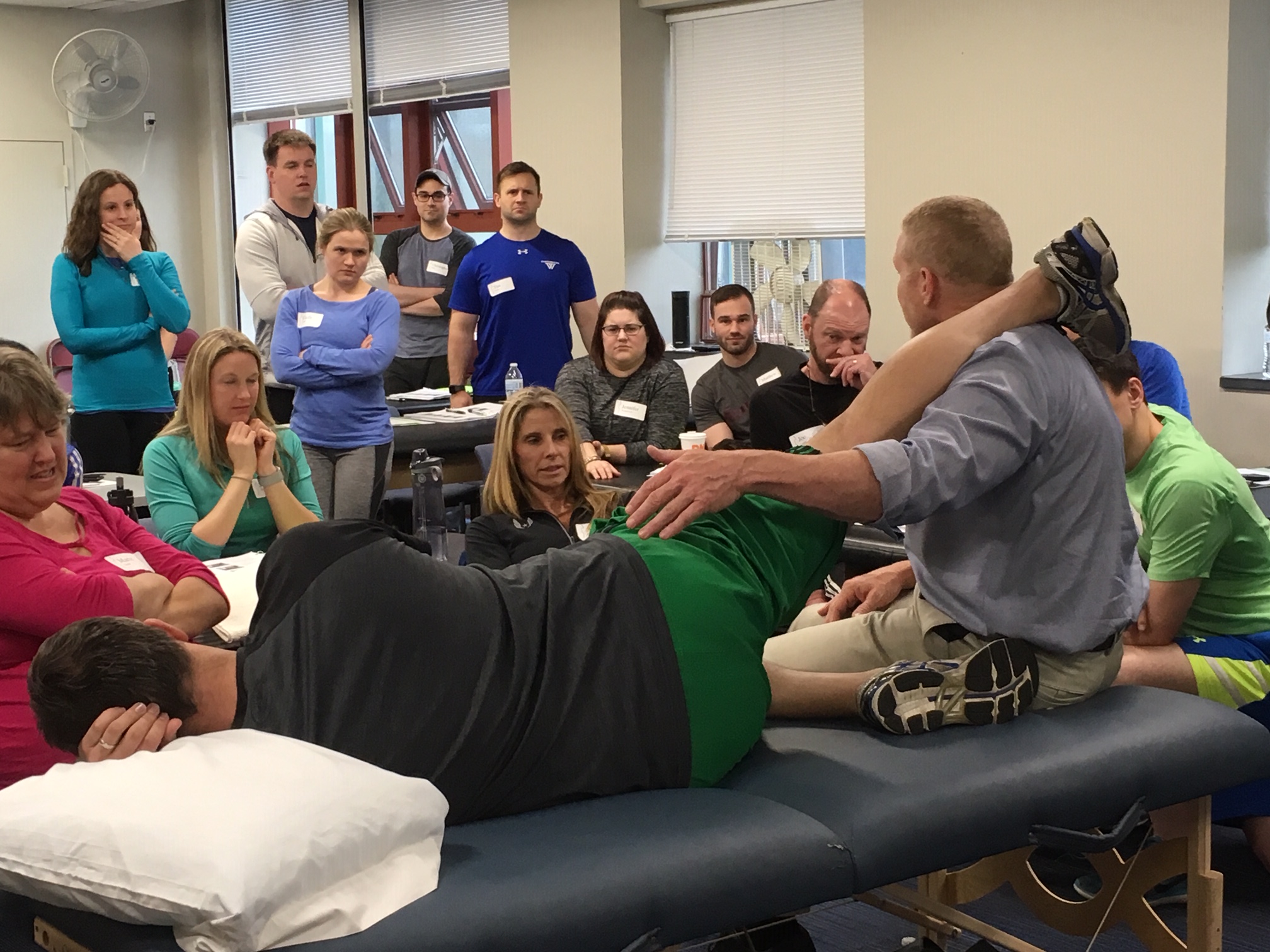This image popped up on my "Facebook Memories" this morning, and it was perfect timing because I was planning to do a post this week with some tips for preparing your application for PRC or PRT credentialing. Eight years ago, I was practicing full time as a PT at the Hruska Clinic. I began taking courses when I was still in PT school, had an awesome clinical instructor Lori Thomsen for one of my final clinical rotations, and landed my dream job after graduation at the Hruska Clinic. I was surrounded by the best mentors ever, yet I must admit that I was a little scared at the thought of completing the PRC application and testing. However, having been on both sides (a scared and nervous applicant 8 years ago, and now the Director of Education and Credentialing running the show), I want to take a moment to share some tips and more information to ease your anxiety about the process.
Top 3 tips for preparing your PRC or PRT application:
1. Set aside larger chunks of time to work on your application.
When I first started my application, I was working on it for a couple hours at a time in the evening, or when I had a patient cancellation during the day. But, I found that by the time I would get my stuff out (all of my course binders, my case study patient charts, stacks of research articles, etc), and I mentally prepared myself to get started, I didn’t have much time to get actual work done on my application. Therefore, I found my groove when I set aside a full Saturday (which is what this picture is representing from 8 years ago). I set up a table to work, had all of my course manuals accessible and I got major work done! I did this a couple more days over the next couple months and finished the application. It isn’t too late to start on your application for this year, if you are able to dedicate a couple weekends to the process.
2. The review committee isn’t looking for perfection.
The application review is a peer-reviewed process (PRCs and PRTs). Each application is reviewed by two members of the review committee for which you are applying (either PRC or PRT), and their recommendations are provided for review by Ron and myself. Based on their feedback, we then determine if the applicant is prepared for testing, and the applicant then receives the reviewer’s feedback. None of us are perfect in what we do, and thus the review committee is not looking for perfection. Rather, they want to see your ‘thought process’ and ‘decision-making’ with the PRI concepts from the four pre-requisite courses displayed on paper throughout your application. Therefore, I would recommend that even if you look back at a case study or client program that you put together and think "wow, I would have totally not selected that technique now that I know more…." (that is fine), you can still use that case study, and at the end of your case study discussion, reflect on what you would do different now (and why….knowing what you know now, that you didn’t know then).
3. The application in itself is an educational experience.
I hear this often when people are here for PRC and PRT testing, and I felt the same way myself. I learned SO much when I was preparing my application. It forced me to review content from the courses and find answers to questions that I still had myself. I vividly remember that I didn’t fully understand the Superior T4 Syndrome until this day 8 years ago, when I went back and studied my manual, watched the home study course again and reviewed the manual techniques. I had an ‘ah-ha’ moment in preparing my application that day. The application made me reflect on my decision making process, consider what I might do different now, identify favorite techniques (which is difficult when there are so many), and it allowed me to realize how much I did know (even though there was still a lot I didn’t know). This last one is important. Preparing your application is not an easy task, and it takes a lot of time, but it should give you a little boost of confidence (you are studying for the exam while you prepare your application), and that is the hidden gem. Last but not least, the feedback from the reviewer’s is so incredibly helpful!
If you are considering applying for PRC or PRT, and you have any questions, please do not hesitate to reach out to me! The PRC application deadline (for testing in December) is September 15th and the PRT application deadline (for testing in January) is October 15th.
I also plan to share more information and answer questions throughout the week on social media, so if you are on Instagram or Facebook, follow PRI and ask away!
Lastly, in case anyone was wondering how that triathalon went the next day (8 years ago), it was an experience that I have chosen not to do again, but I must admit I was not fully prepared for what I signed up for (it was a last minute decision and challenge with some friends)…but we survived!


